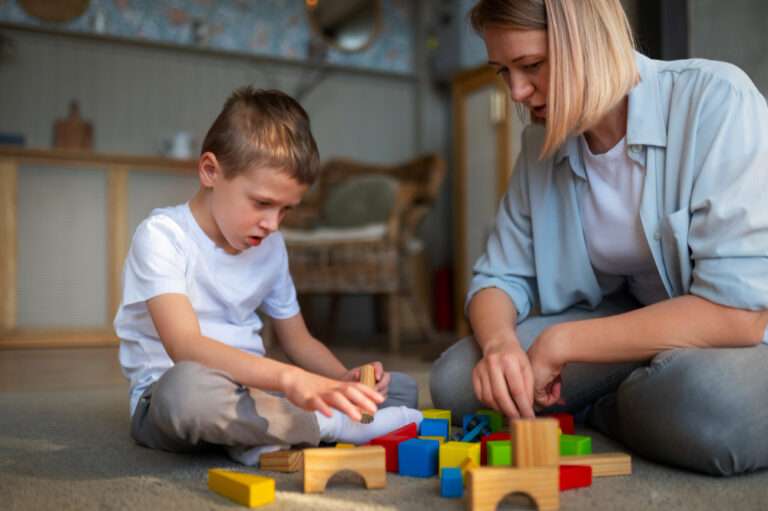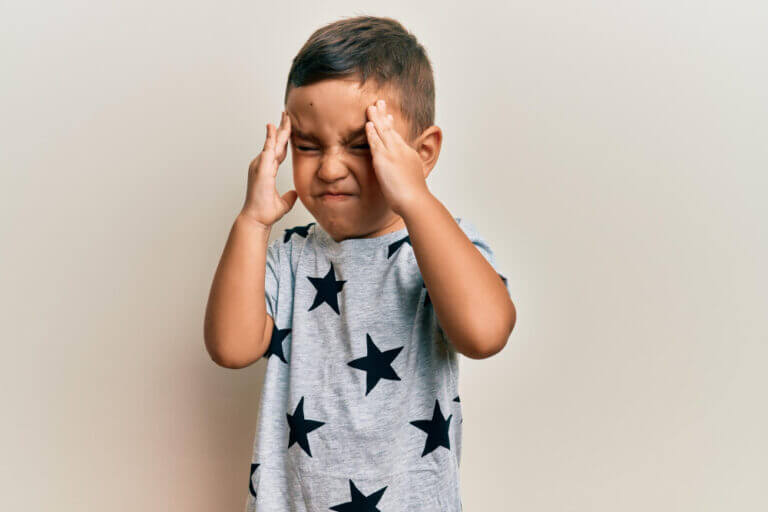Anxiety disorders in children
Anxiety disorders in children are a group of mental health conditions characterized by excessive worry, fear, and anxiety that interfere with a child’s daily life, functioning, and overall well-being. These disorders can manifest in various ways and may have a significant impact on a child’s social, academic, and emotional development. Here are some common anxiety disorders in children:
- Generalized Anxiety Disorder (GAD):
- Children with GAD experience chronic and excessive worry and anxiety about a wide range of everyday concerns, such as school performance, family issues, and health. These worries are often unrealistic and difficult to control.
- Separation Anxiety Disorder:
- Separation anxiety disorder involves excessive fear or anxiety related to separation from caregivers, parents, or loved ones. Children may have intense distress when anticipating or experiencing separation.
- Specific Phobias:
- Specific phobias involve intense and irrational fears of specific objects or situations, such as heights, animals, or storms. These fears can lead to avoidance behavior.
- Social Anxiety Disorder (Social Phobia):
- Social anxiety disorder is characterized by an extreme fear of social situations or scrutiny by others. Children with social anxiety may avoid social interactions, speaking in public, or participating in group activities.
- Panic Disorder:
- Panic disorder involves recurrent and unexpected panic attacks, which are sudden episodes of intense fear, often accompanied by physical symptoms like rapid heartbeat, sweating, and shortness of breath.
- Selective Mutism:
- Selective mutism is a condition in which children consistently fail to speak in specific social situations or with certain people, even though they are capable of speaking in other contexts.
- Obsessive-Compulsive Disorder (OCD):
- OCD involves intrusive, distressing thoughts (obsessions) and repetitive behaviors or mental rituals (compulsions) performed to reduce anxiety. Children with OCD may have specific rituals or fears.
- Post-Traumatic Stress Disorder (PTSD):
- PTSD can occur in children who have experienced traumatic events. Symptoms include flashbacks, nightmares, avoidance of reminders, and changes in mood and behavior.
Causes and Contributing Factors:
- Anxiety disorders in children can result from a combination of genetic, biological, environmental, and psychological factors.
- Family history of anxiety disorders, exposure to traumatic events, chronic stress, and temperament can contribute to the development of anxiety disorders.
Assessment and Treatment:
- Early identification and assessment by mental health professionals, child psychiatrists, or clinical psychologists are essential for accurate diagnosis and determining appropriate treatment.
- Treatment options may include psychotherapy (such as cognitive-behavioral therapy), medication, or a combination of both, depending on the specific diagnosis and severity of symptoms.
Prognosis:
- With appropriate treatment and support, many children with anxiety disorders can experience significant improvements in their symptoms and functioning.
- Early intervention is crucial for preventing the worsening of symptoms and the development of additional mental health issues.
It’s important for parents, caregivers, and educators to be aware of the signs of anxiety disorders in children, as early intervention and a supportive environment can greatly improve a child’s ability to manage and cope with anxiety. Open communication, understanding, and access to professional help are essential components of effective treatment and support for children with anxiety disorders.
------------From our Sponsors------------









